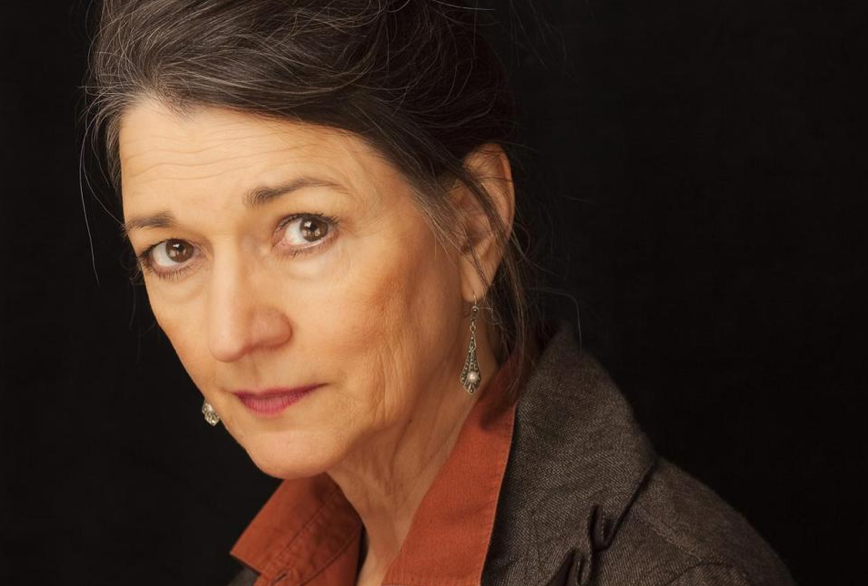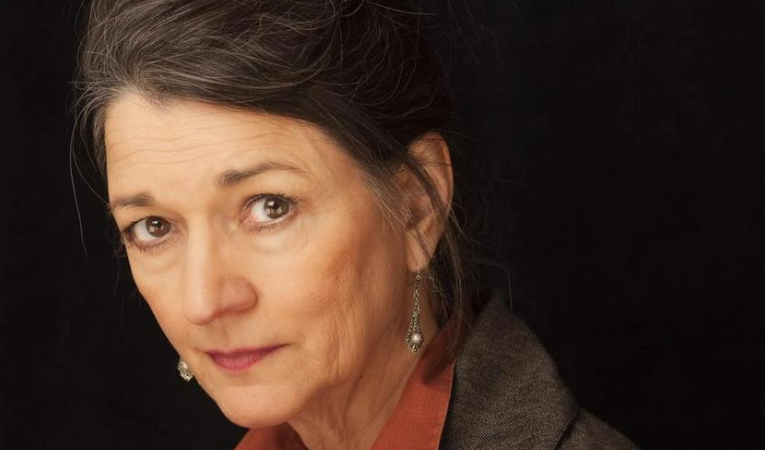-

The One Idea: Success and Failure
•
In another post, I describe the importance of finding The One Idea for everything you write. I have both succeeded and failed in this quest. Success: Nobody Turn Me Around About a decade ago I was in the midst of writing a book about the 1963 March on Washington. At the same time, I…
-

Always Write About Just One Idea. Here’s How.
•
If you chase two rabbits, you will not catch either one. –Russian proverb In projects small and large–everything from an email to a book–we often struggle to develop and state a clear point. Too often, we spit out a mess of ideas rather than deliver a clear message. The result is confusion–for both the writer…
-

Seven Essential Skills for Storytelling
•
People are storytelling creatures. We evolved to tell stories. From 30,000 to 100,000 years ago, out great ancestors began telling stories. It happened around the time that the size of clans expanded and those clans began to wander longer distances and then come home again. Sitting by fires or in caves, by streams or…
-

The Arc: How ‘Mad Men’ Tracked the Emotions of Life in Its Campaigns
•
Mad Men is not only one of the greatest TV shows of all time. It’s also a guide to the techniques of persuasion. Here are a half-dozen of those techniques, arranged by the arc of life. The Innocence of Babies: ‘You’ve Got the Cutest Little Baby Face’ In her new job at Cutler, Gleason,…
-
The Story of Bill Nack’s Classic Farewell to Secretariat
•
I wrote this brief tribute after Bill Nack died in 2018. When I think of Bill Nack, I want to call him one of the great sportswriters of our time. But he was really one of the great writers, in any field, of our time. The reason is threefold. First of all, he was…
-

Storytelling and Branding
•
Branding is essentially a merger of storytelling and promise-making. Here, the advertiser/brander says to the audience: Experience this moment, this sensation, this satisfaction. Now, put yourself in that moment. Get in that world. Anticipate it. Feel it. Get sensual. Rinse, repeat. A brand is a story that the audience #experiences automatically. It’s an experience…
-

That Pixar Storytelling List
•
So how does Pixar find its pixie dust? Magic? Inspiration? The Law of Attraction? Um, nope. It’s hard, grinding work, with the insistence on getting all the big things — and all the little things — right. The process can hurt some precious feelings along the way. But it works. The storyboard artist Emma…
-
Laura Zigman on Make-Believe and True Stories, Writing Routines, Story Structures, and Adaptation
•
Laura Zigman paid her dues before hitting the literary jackpot. Early in her career, she was a publicist for a number of major presses, including Times Books, Vintage Books, and Alfred A. Knopf. As she did her day job, she labored on her first novel, Animal Husbandry (1998), a comedy of errors about the mating…
-
Howard Bryant on Tricks of the Trade
•
This is the second part of a two-part interview with Howard Bryant, the journalist and author of books about racism and the Boston Red Sox, the steroids crisis, and activism in sports and biographies of Henry Aaron and Rickey Henderson. You can read the first part here. CE: What essential skills did you learn…
-
John McPhee’s Step-By-Step Approach to Narrative Nonfiction
•
No one in our time has contributed more to nonfiction narrative–stories that are true–than John McPhee. And he has lessons to teach. McPhee is the writer for The New Yorker and creative writing professor at Princeton University. His books include the Pulitzer-Prize winning Annals of the Former World (a trilogy on geology and geologists), A Sense…
-

Follow This Day-by-Day Guide To Write Your Book (Not Just During NaNoWriMo)
•
The first piece of advice that all writers get is to “write what you know.” By the time we have decided to write for an audience—to share thoughts, voluntarily, with anyone who will listen—we have developed a whole storehouse of experiences and memories, thoughts and feelings, hopes and fears, and insights and ideas. The…
-
The Storytelling Secrets of Matthew Weiner
•
The Paris Review, the most intelligent website anywhere on the craft of writing, interviews Matthew Weiner, the creator of Mad Men. Some highlights: As a boy, Weiner was not much of a reader. But he loved listening to stories: I read very slowly. I’m a good listener. If they’d had books on tape back…
-

How to Create Cliffhangers and Surprise
•
Good writing needs cliffhangers and surprise to excite desire. By stopping the story and leaving a character’s fate in doubt, cliffhangers tease the reader. We want to know what happens next. Will the hero be safe … or get the girl … or track down the criminal … or save the business? God is…
-

The Power of Parables and Fairy Tales
•
The master of suspense, Alfred Hitchcock, often stepped away from the movie set to refer to a small guide called “Plotto.” The guide lists three sets of 92 ideas that can be mixed and matched to create 1,462 permutations of stories, each with a beginning, middle, and end. Plotto’s plot points were elemental, involving love…
-

The Enduring (And Sometimes Creepy) Power of Fairy Tales
•
This originally appeared in The Boston Globe on December 30, 2014. Fairy tales come steeped in gruesome and explicit imagery. In contrast to today’s politically-correct sensibilities, folk stories revel in death, torture, sexual perversion, and betrayal. But one tale by the Brothers Grimm went too far. In “Playing Butchers,” a man slaughters a pig…
-

Writing Tips from the Pros
•
From fourteen eminent men and women of letters, courtesy of the Guardian of London, come 247 rules for writing fiction. My favorites: Be prepared From Geoff Dyer, a mind game, namely, tricking yourself into a good choice: Have more than one idea on the go at any one time. If it’s a choice between…
